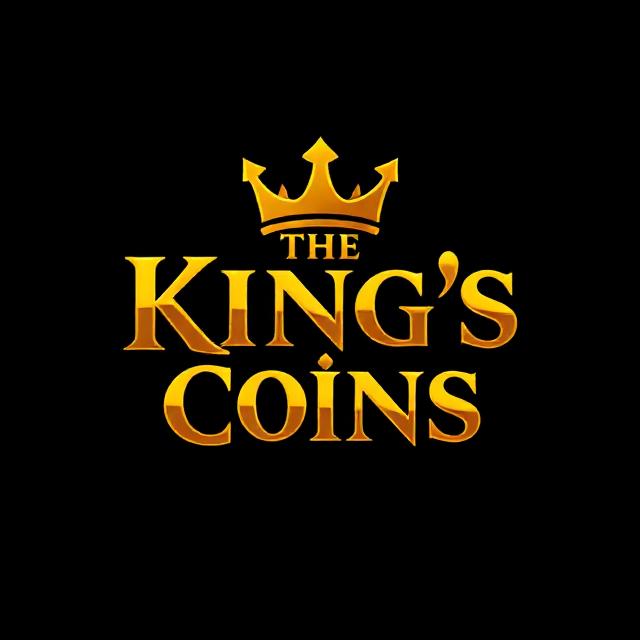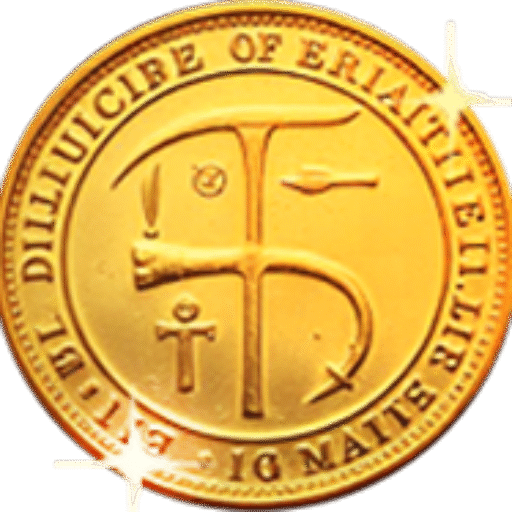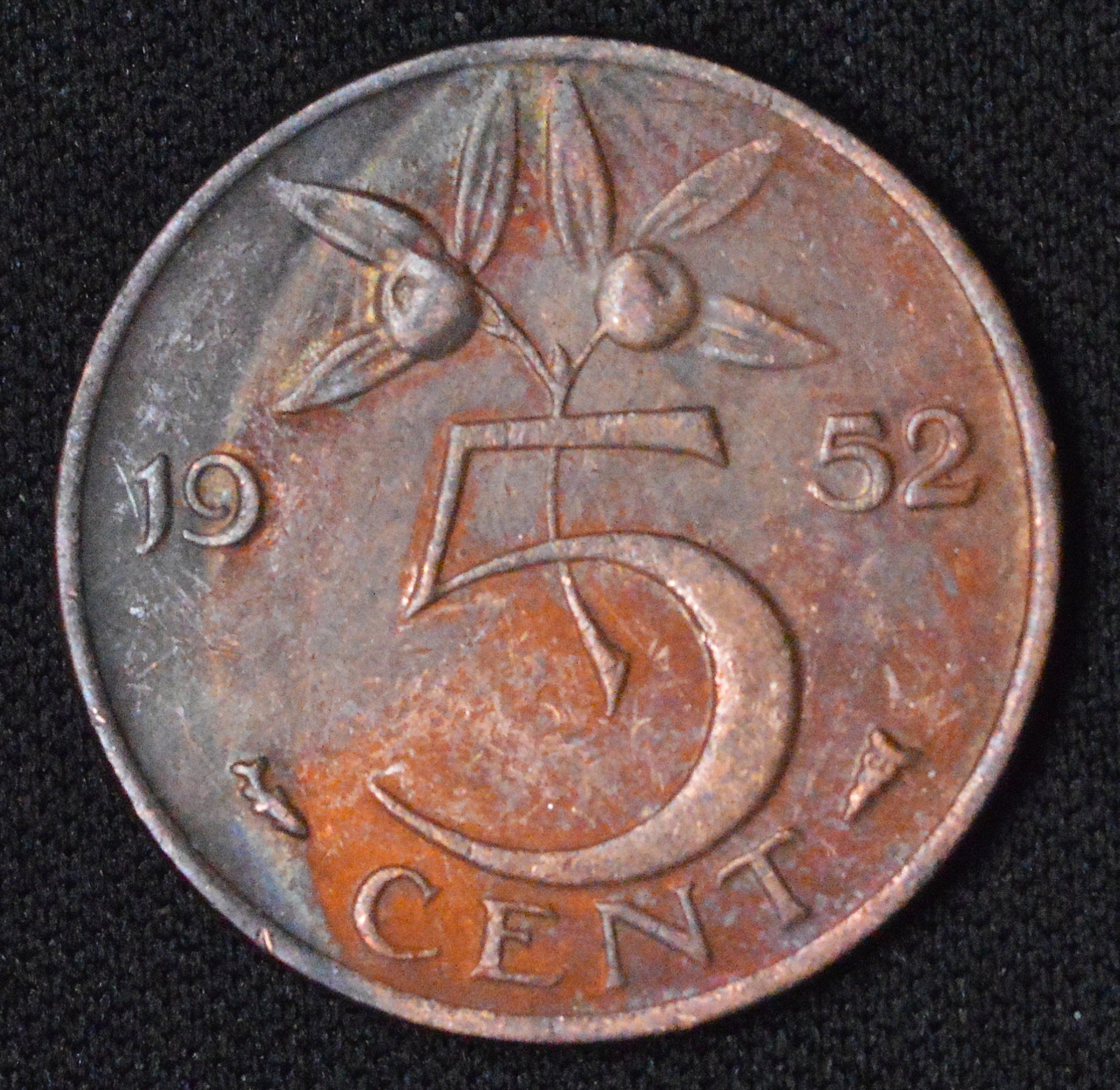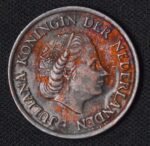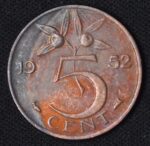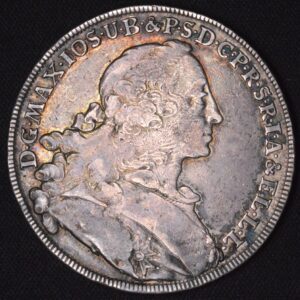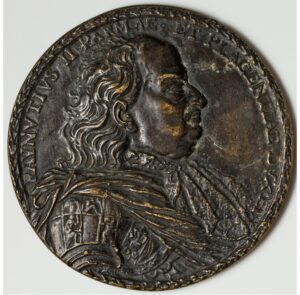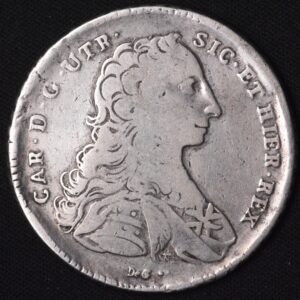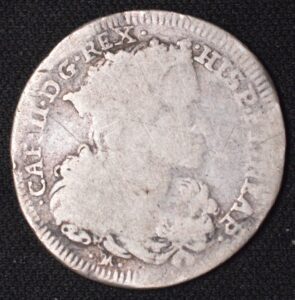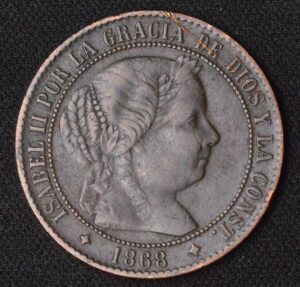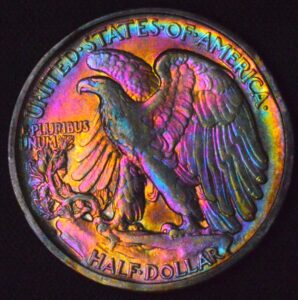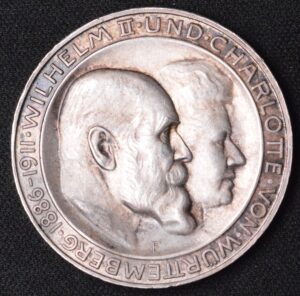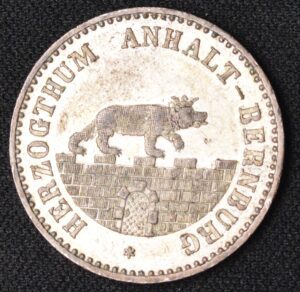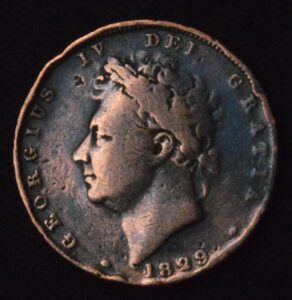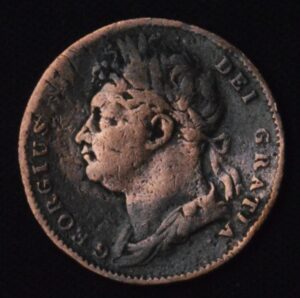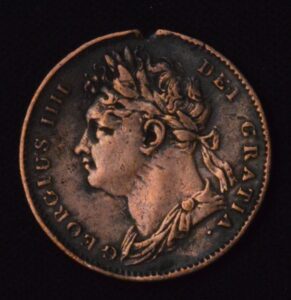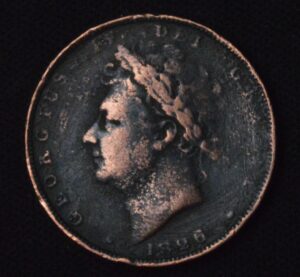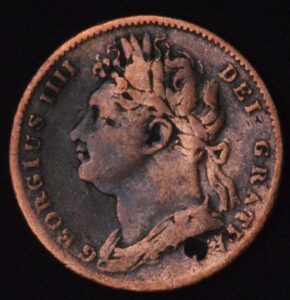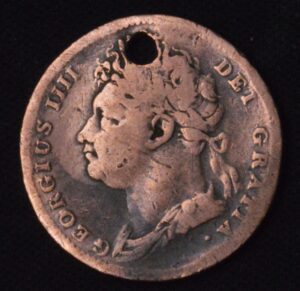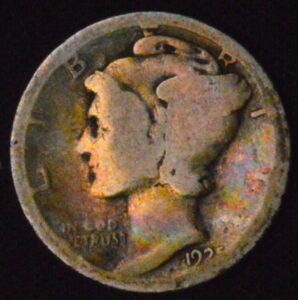Description
The 1952 Netherlands coin, particularly from the Netherlands Antilles series, is renowned for its charming design and, in pristine condition, often displays a vibrant, gorgeous red tone due to its copper content and state of preservation. Coins such as the 1952 Netherlands Antilles 1 cent feature the portrait of Queen Juliana, symbolizing the long-standing connection between the Dutch monarchy and its territories. On the reverse, the simple denomination and date make for an elegant and classic look cherished by collectors.
What distinguishes some examples of these coins is their exceptionally well-preserved red or “red-brown” surfaces, a result of original mint luster and minimal handling. “Red” coins indicate strong original color, which is highly sought after in the numismatic community, especially for copper or bronze issues. Such reddish hues not only enhance the eye appeal but also underscore the coin’s superior state, particularly when still in uncirculated or near-mint condition.
The 1952 Netherlands Antilles coin was struck at the historic Utrecht Mint, renowned for high-quality production. Collectors value coins from this era for their cultural and historical significance, as they reflect a time of transition within the Dutch kingdom and its Caribbean territories. The unique blend of regional and Dutch tradition is evident in both design and craftsmanship.
Coins exhibiting full red or reddish toning are especially prized by collectors, as they represent coins that have retained much of their mint beauty without succumbing to dullness or dark patina. Holding a 1952 Netherlands coin with spectacular red hues offers both visual pleasure and a direct link to mid-20th century Dutch colonial and numismatic history.
In sum, a 1952 Netherlands coin with gorgeous reds is more than just a circulation piece—it is a vivid, eye-catching token from a significant historical period, coveted by those who appreciate excellent preservation, artistry, and a touch of numismatic flair.
The 1952 Netherlands coin, particularly from the Netherlands Antilles series, is renowned for its charming design and, in pristine condition, often displays a vibrant, gorgeous red tone due to its copper content and state of preservation. Coins such as the 1952 Netherlands Antilles 1 cent feature the portrait of Queen Juliana, symbolizing the long-standing connection between the Dutch monarchy and its territories. On the reverse, the simple denomination and date make for an elegant and classic look cherished by collectors.
What distinguishes some examples of these coins is their exceptionally well-preserved red or “red-brown” surfaces, a result of original mint luster and minimal handling. “Red” coins indicate strong original color, which is highly sought after in the numismatic community, especially for copper or bronze issues. Such reddish hues not only enhance the eye appeal but also underscore the coin’s superior state, particularly when still in uncirculated or near-mint condition.
The 1952 Netherlands Antilles coin was struck at the historic Utrecht Mint, renowned for high-quality production. Collectors value coins from this era for their cultural and historical significance, as they reflect a time of transition within the Dutch kingdom and its Caribbean territories. The unique blend of regional and Dutch tradition is evident in both design and craftsmanship.
Coins exhibiting full red or reddish toning are especially prized by collectors, as they represent coins that have retained much of their mint beauty without succumbing to dullness or dark patina. Holding a 1952 Netherlands coin with spectacular red hues offers both visual pleasure and a direct link to mid-20th century Dutch colonial and numismatic history.
In sum, a 1952 Netherlands coin with gorgeous reds is more than just a circulation piece—it is a vivid, eye-catching token from a significant historical period, coveted by those who appreciate excellent preservation, artistry, and a touch of numismatic flair.
The 1952 Netherlands coin, particularly from the Netherlands Antilles series, is renowned for its charming design and, in pristine condition, often displays a vibrant, gorgeous red tone due to its copper content and state of preservation. Coins such as the 1952 Netherlands Antilles 1 cent feature the portrait of Queen Juliana, symbolizing the long-standing connection between the Dutch monarchy and its territories. On the reverse, the simple denomination and date make for an elegant and classic look cherished by collectors.
What distinguishes some examples of these coins is their exceptionally well-preserved red or “red-brown” surfaces, a result of original mint luster and minimal handling. “Red” coins indicate strong original color, which is highly sought after in the numismatic community, especially for copper or bronze issues. Such reddish hues not only enhance the eye appeal but also underscore the coin’s superior state, particularly when still in uncirculated or near-mint condition.
The 1952 Netherlands Antilles coin was struck at the historic Utrecht Mint, renowned for high-quality production. Collectors value coins from this era for their cultural and historical significance, as they reflect a time of transition within the Dutch kingdom and its Caribbean territories. The unique blend of regional and Dutch tradition is evident in both design and craftsmanship.
Coins exhibiting full red or reddish toning are especially prized by collectors, as they represent coins that have retained much of their mint beauty without succumbing to dullness or dark patina. Holding a 1952 Netherlands coin with spectacular red hues offers both visual pleasure and a direct link to mid-20th century Dutch colonial and numismatic history.
In sum, a 1952 Netherlands coin with gorgeous reds is more than just a circulation piece—it is a vivid, eye-catching token from a significant historical period, coveted by those who appreciate excellent preservation, artistry, and a touch of numismatic flair.
CUSTOMER FEEDBACK








Related Products & Newly Released!




SHIPPING POLICY
Your order is shipped from the United States with USPS tracking within one business day.
14 Day Return Policy
You can return your item back within
14 days of the purchase

Secure payments
Your payments are 100% secure and are processed through Square or PayPal on a protected security network.
SHIPPING POLICY
FREE International and Domestic (United States) shipping. Your order is shipped with USPS tracking 24 hours after you order.
14 Day Return Policy
You can return your item back within
14 days of the purchase

Secure payments
Your payments are 100% secure and are processed through Square or PayPal on a protected security network.
RESOURCES
support
Get Real Deals!
Sign up now to receive our articles for the latest insights and promotions!
RESOURCES
support
Get Fresh Articles!
Signup our newsletter to get update insight or promotions.
